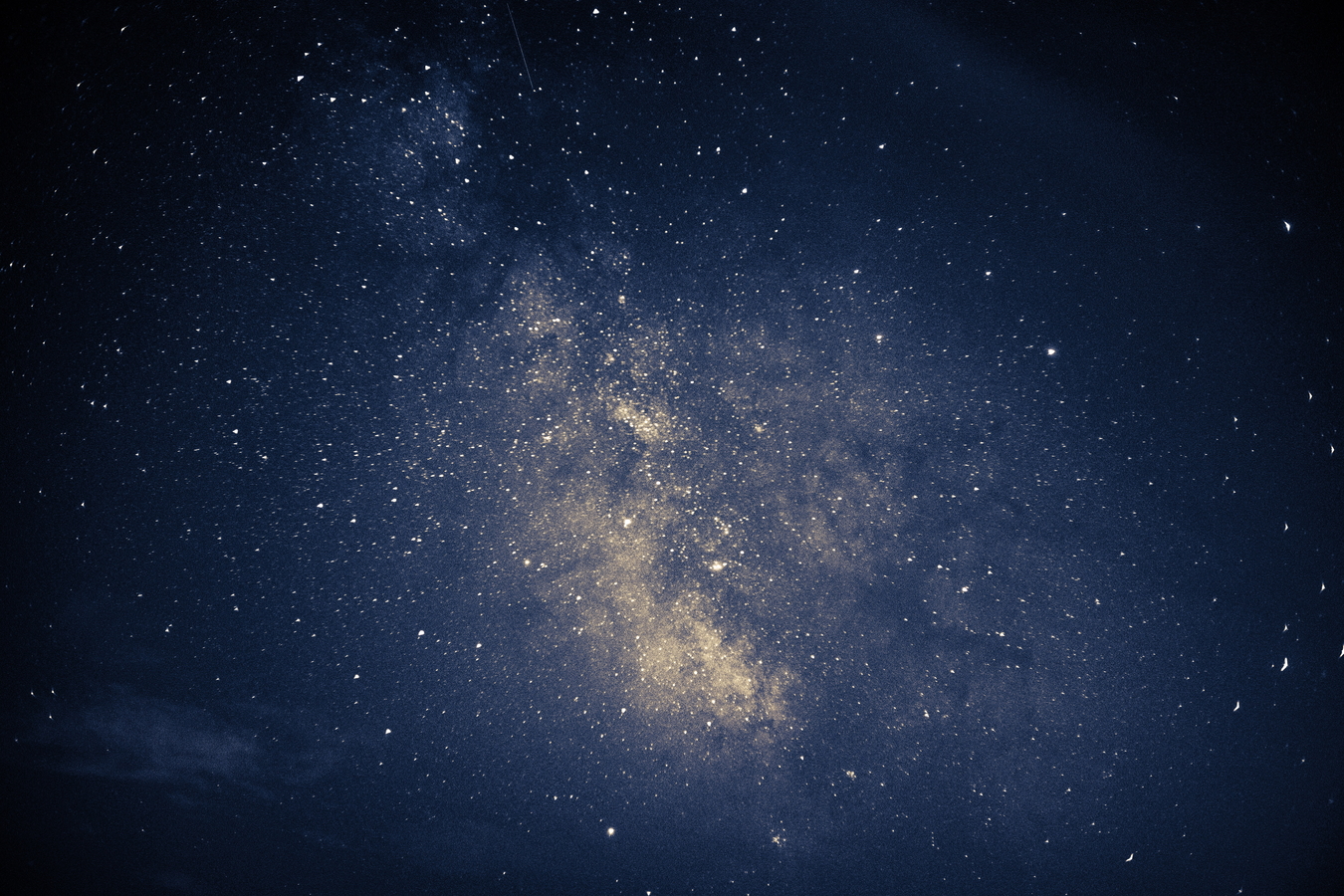Overview
I will be giving a two-part talk on recent results around the detection of diffuse HI in 1) the CGM of nearby galaxies and 2) extremely low mass galaxies resulting in deeper understanding of dwarf galaxy kinematics. The circumgalactic medium (CGM) is host to large reservoirs of gas around galaxies, potentially on its way to becoming the fuel for galactic star formation. As gas flows from the intergalactic medium (IGM) and on into the CGM, we should be able to detect it as cold gas accretion. Much of this cold gas is too diffuse for easy detection, however if a telescope stares far enough and long enough, we should be able to see it. I will be focusing on recent results from our program to map the CGM of 18 galaxies in the MHONGOOSE survey in neutral hydrogen (HI) with the Green Bank Telescope (GBT). For this program we obtained deep GBT observations with high HI column density sensitivity, and focused on the diffuse HI detected outside the disks of each galaxy. Most galaxies showed increasing cumulative flux at large radii, suggesting that either an HI truncation radius was not reached, or that we are seeing the large-scale diffuse structure from the IGM. Detection of diffuse HI has also proven difficult in low mass galaxies. Approaching this problem in a similar manner, we stared at nearby dwarf galaxies with the Parkes radio telescope with the goal of gaining a better understanding of their kinematics once the diffuse HI was detected. Rotation velocities of galaxies provide the observational link to compare the number density of galaxies with a dark matter halo (velocity function). We have used our highly sensitive observations of extremely low mass galaxies to populate the unconstrained low mass end of the velocity function of galaxies and compare these observations with simulations of dark matter halos.
